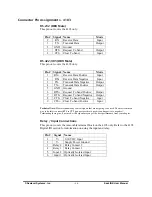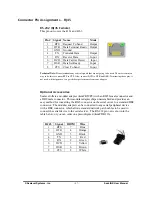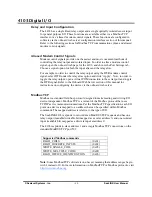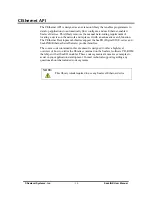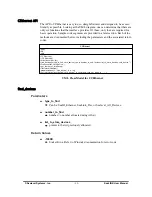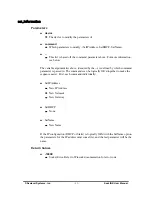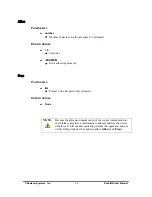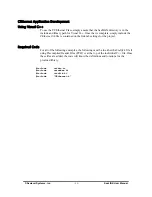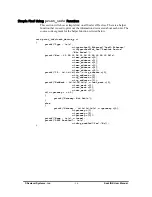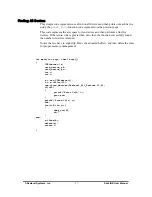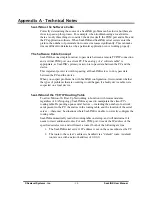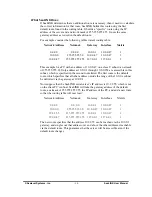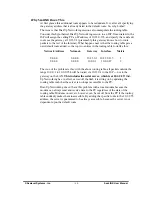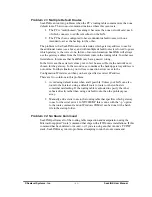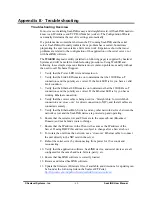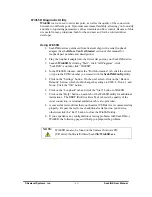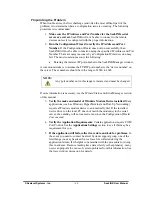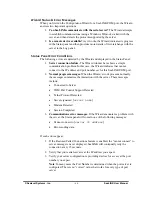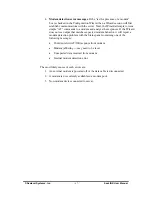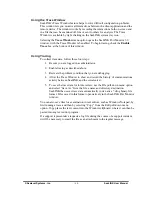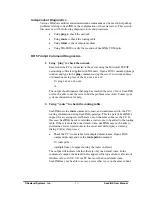
© Sealevel Systems, Inc.
- 59 -
SeaLINK User Manual
What SeaLINK Does
If SeaLINK determines that an additional route is necessary, then it needs to calculate
the correct information for that route. SeaLINK builds this route using the first
default route found in the routing table. It builds a "specific" route using the IP
address of the server and a network mask of 255.255.255.255. It uses the same
gateway address as is used in the default route.
For example, consider the following (abbreviated) routing table:
Network Address
Netmask
Gateway
Interface
Metric
0.0.0.0 0.0.0.0
10.0.0.1
10.0.0.47
1
10.0.0.0 255.255.255.0
10.0.0.47
10.0.0.47 1
10.0.0.47 255.255.255.255
127.0.0.1
127.0.0.1 1
This example for a PC with an address of 10.0.0.47, on a class C subnet (a netmask
of 255.255.255.0). Only addresses 10.0.0.1 through 10.0.0.254 are accessible in this
subnet, which is specified in the second route listed. The first route is the default
route, which specifies that all other address outside the range of the 10.0.0.x subnet
be delivered via the gateway at 10.0.0.1.
Now suppose that the SeaLINK serial server’s IP address is 10.2.2.55, which is not
on the client PC’s subnet. SeaLINK will take the gateway address of the default
route, a netmask of 255.255.255.255, the IP address of the PC, and add a new route
so that the routing table will now read:
Network Address
Netmask
Gateway
Interface
Metric
0.0.0.0 0.0.0.0
10.0.0.1
10.0.0.47
1
10.0.0.0 255.255.255.0
10.0.0.47
10.0.0.47 1
10.2.2.55 255.255.255.255
10.0.0.1
10.0.0.47 1
10.0.0.47 255.255.255.255
127.0.0.1
127.0.0.1 1
The new route specifies that the address 10.2.2.55 can be reached via the 10.0.0.1
gateway, and singles out that address over and above the other addresses reachable
via the default route. This guarantees that the server will be accessible even if the
default route changes.


